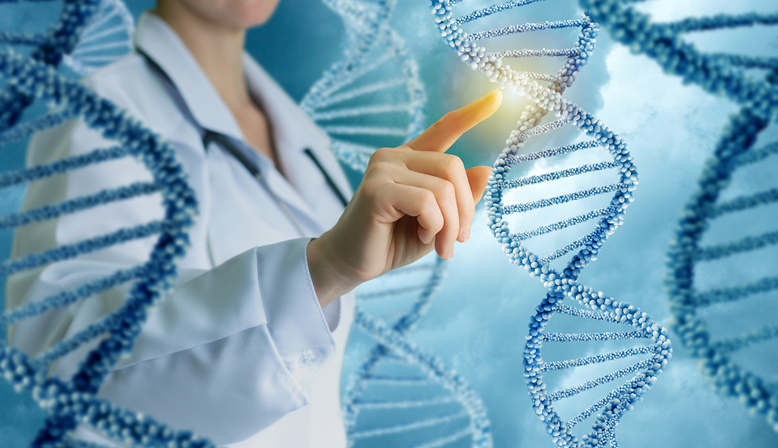Do Some People Have Stronger Teeth?
I hear something like the following almost daily: “My teeth are soft, I inherited it from my grandmother who had dentures when she was 29.” The fact is, that statements like this are only partialtly true. In actuality, disease is caused by the interaction of our genetics AND our environment. Numerous studies show that while genetic mutations are common, they generally don’t lead to disease. A notable paper by Chang et al noted that of the 577 genetic variations linked to cancer, only 7.1% were found in actual cancer patients. (1) Most genetic disorders, however, are "multifactorial inheritance disorders," meaning they are caused by a combination of inherited mutations in multiple genes, often acting together with environmental factors. Examples of such diseases include many commonly-occurring diseases, such as heart disease and diabetes, which are present in many people in different populations around the world.(2)
Christopher Paul Wild noted in his 2005 paper that most cancer gene carriers will develop cancer only in the presence of specific environmental exposures that in themselves are of low penetrance. In fact environmental exposures are acknowledged to play an overwhelmingly important role in those common chronic diseases. (3) He coined the term “the exposome” to define all of the factors in our environment besides our genetics that influence our state of health. Chris Kresser defines it best: “The exposome represents the sum total of all non-genetic exposures an individual experiences from the moment of conception through the end of his or her life. It includes the food we eat, the water we drink, the air we breathe, the chemicals we’re exposed to, the social connections we have, and the environment we live in”. The exposome is a highly variable and dynamic entity that evolves throughout the lifetime of the individual. It is not without good cause that progress has been limited in meeting this goal. (4)
The actual risk of acquiring a chronic disease is influenced by a person’s genetics (G) and exposures received during life (the ‘exposome’, E) plus their interactions (G×E). (5) Developing reliable measurement tools for such a complete exposure history is extremely challenging. Even so, in a paper from 2016 Stephen Rappaport stated that only 16.4% deaths could be attributed to genetics plus shared exposures.(6)
It is true that teeth do vary in their susceptibility to tooth decay. There is even one rare disease called amelogenesis imperfecta that results in no enamel formation at all. I have never seen one case in 30 years of practice. For the average person, genetic variations in genes do lead to higher or lower levels of mineral to be lost in response to cavity causing agents. (Patir et al., 2008; Chaussain et al., 2014). The composition of your plaque can also be inherited from your parents. It was noted in a study that twins are born with similar bacteria in their mouths, but only later on does the composition change, sometimes leading to decay in only one of the twins. The study concluded that heritable bacteria are actually not associated with cavities, and that environmentally derived bacteria tend to be potentially cavity causing.(6)
Genetics alone can be directly correlated to disease around 10% of the time. Factoring in the exposome yields less than a 17% correlation. Since tooth decay was not an issue for people until we started consuming farmed foods containing higher amounts of fermentable carbohydrates, we know that to be the single largest risk factor in developing tooth decay. Click on the link below to read about the risk factors of tooth decay.
Remove processed fermentable carbohydrates from your diet and no matter how “soft” your teeth are, you will NEVER develop a cavity. Tooth wear is most correlated with grinding, which is secondary to stress and lack of sleep. Heavy metal toxicity especially from mercury comes from amalgam fillings. Therefore diet, lifestyle, and environmental exposure must always come first when considering the best treatment options for my patients. These factors are the primary drivers of more than 90 percent of chronic disease in general, so it makes perfect sense to me. This is the essence of the functional medicine approach I embrace.




